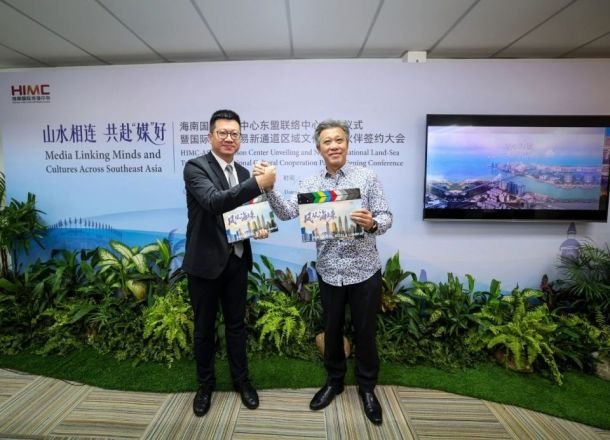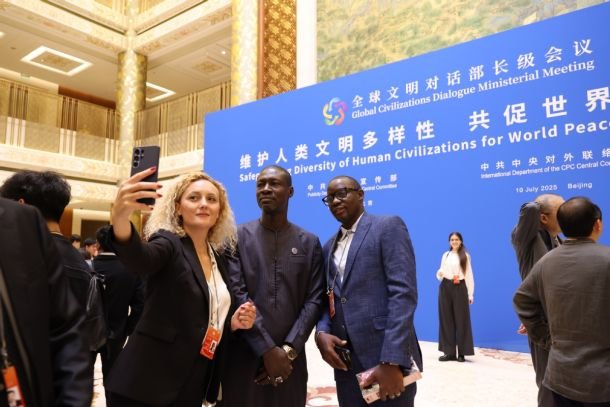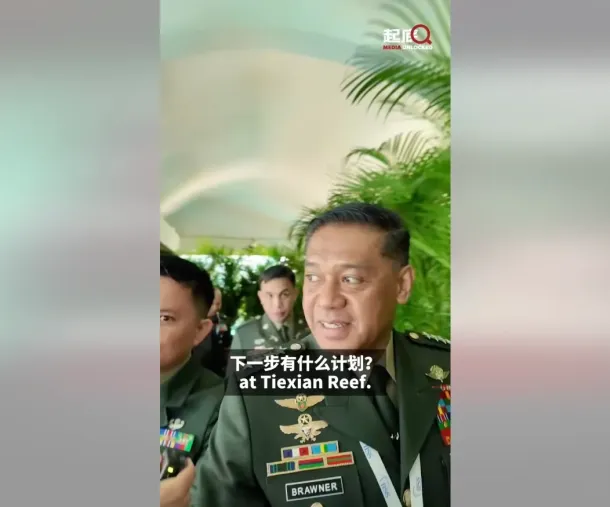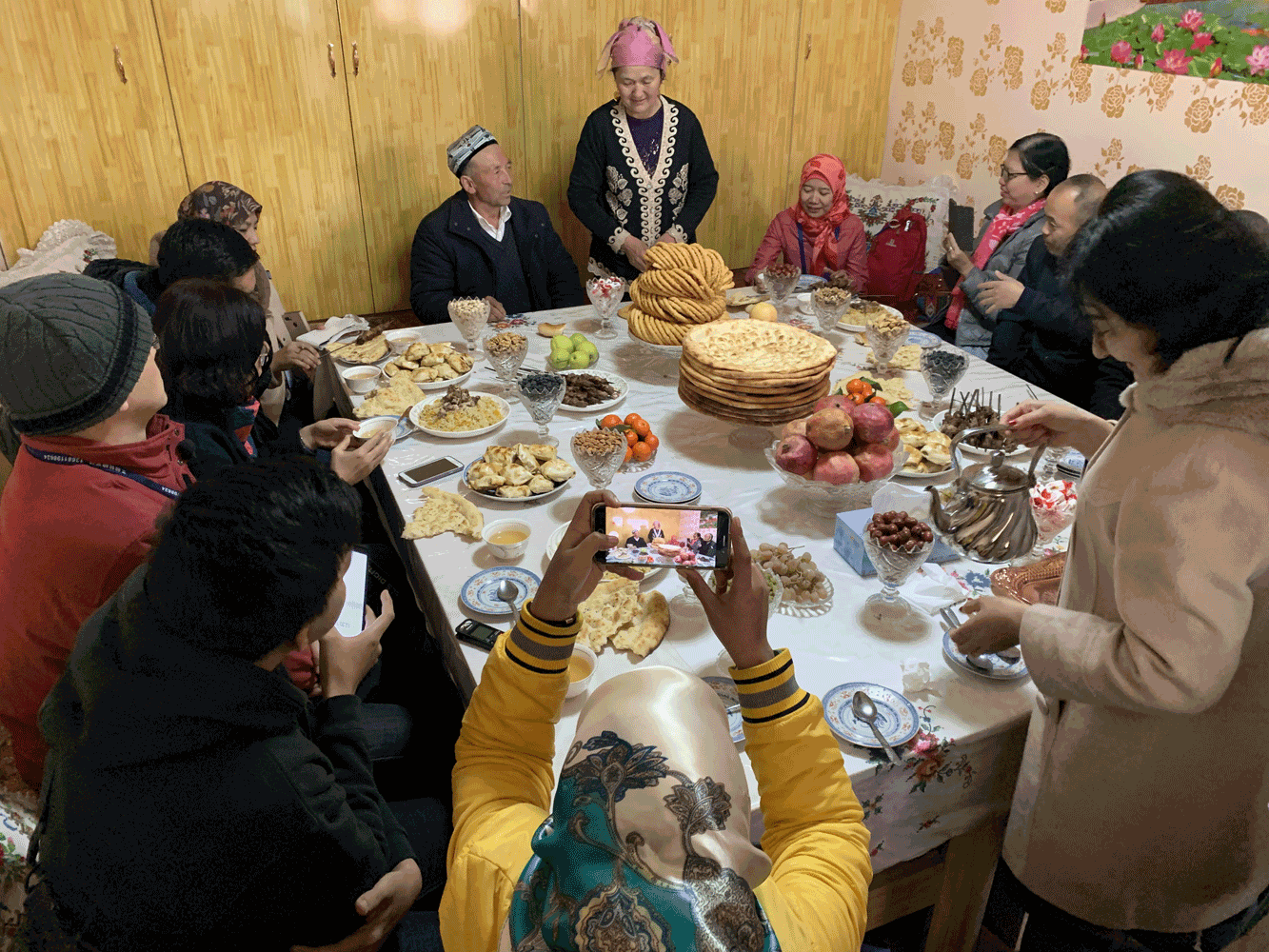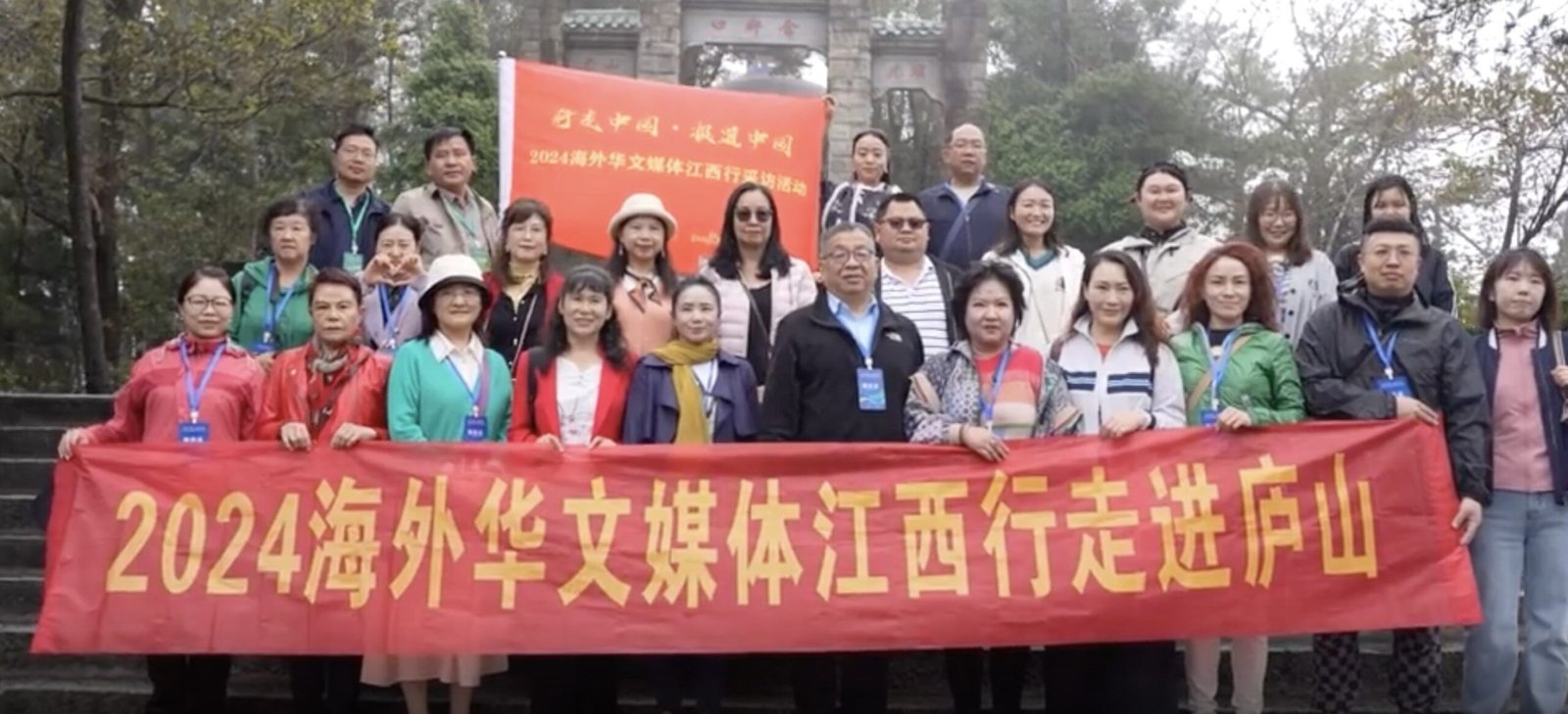Central and Local Media Join Forces in Thailand
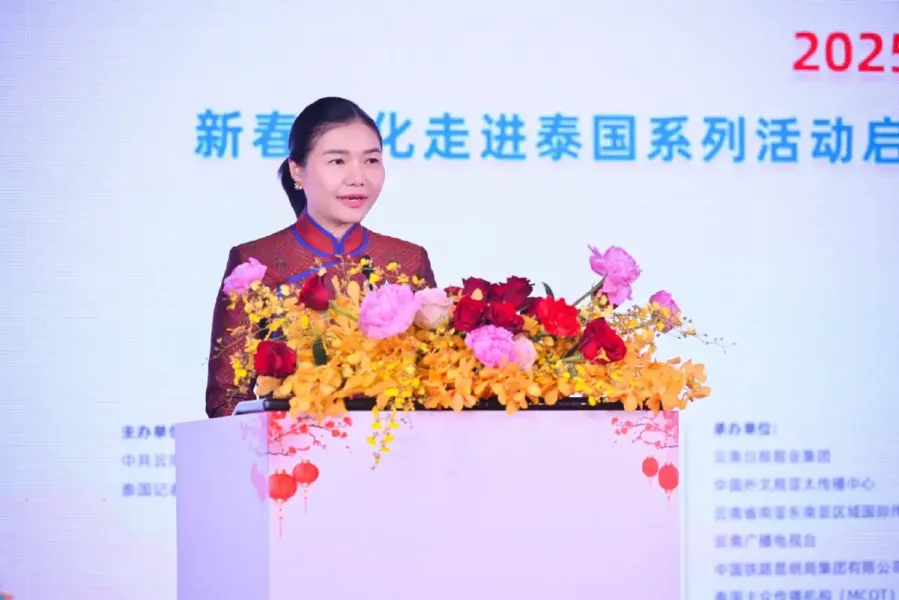
In Bangkok, last week officials from China and Thailand gathered to promote the achievements of the Lancang-Mekong Cooperation (LMC), a multilateral format created in 2016 to manage several waterways vital to Southeast Asia. These include the mighty Mekong and the Salween, both of which have their sources upstream in China’s hands. But the event, staged to showcase the benefits to the region that stem from China’s active and continued engagement, revealed another important facet: The involvement of China’s expanding network of provincial and central media agencies in managing regional perceptions of such relationships.
While the event featured notable participants like Jiraporn Sindhuprai, 37, a “rising star” in Thai politics who is administrative head of the office of Thailand’s prime minister, Paetongtarn Shinawatra, it was not organized by the Thai hosts at all. Rather, it was jointly hosted by two Chinese propaganda entities, one central-level and the other provincial. These were the China International Communications Group (中国外文局), a media conglomerate directly under the Chinese Communist Party’s Central Propaganda Department, and the Yunnan International Communication Center for South and Southeast Asia (云南省南亚东南亚区域国际传播中心), an office under Yunnan’s provincial propaganda department launched in May 2022.
The involvement of both CICG and the provincial-level Yunnan ICC is a clear demonstration of how China’s leadership is rolling out its new strategy for what the CCP calls “external propaganda” (对外宣传), which involves vertical involvement by central bodies, while a growing network of local international communication centers, or ICCs, offer a more targeted focus on priority regions. As the name of the Yunnan ICC suggests, it has been tasked with a focus on the Mekong region of Southeast Asia, which borders the province and has deep historical and cultural ties.
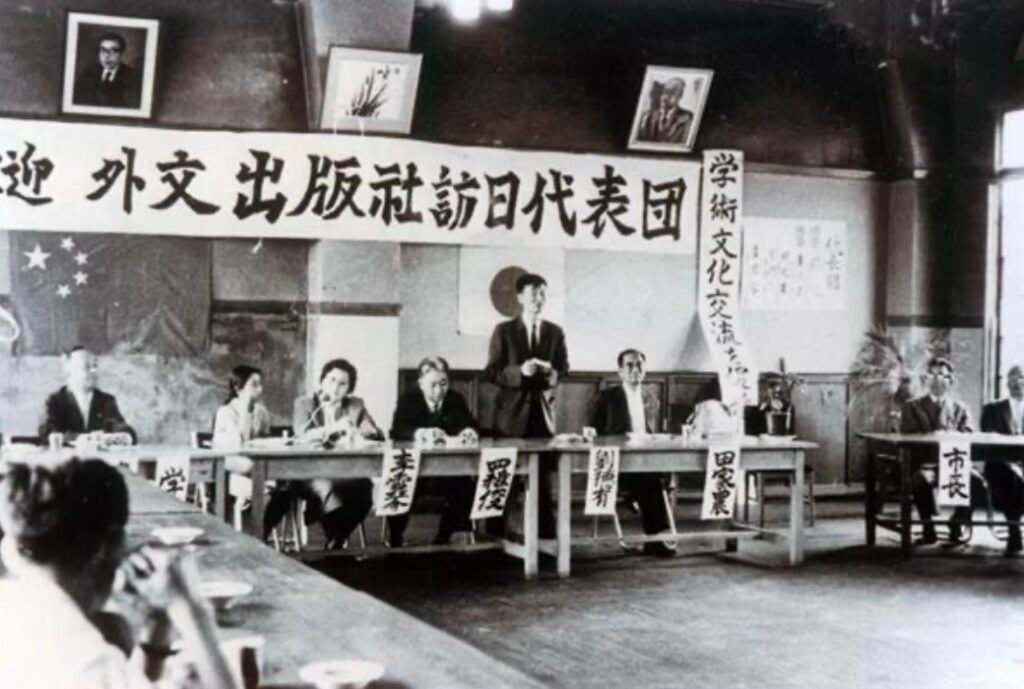
As we have detailed in previous research, provincial-level ICCs like that in Yunnan are leading the push to “innovate” foreign-directed propaganda under a new strategy responding to instructions issued by Xi Jinping in 2018. The idea is for central powers to mobilize the peripheries to contribute more concertedly to the work of what Xi calls “telling China’s story well.”
In Southeast Asia, the activities of the CICG are handled by subsidiary CICG Asia-Pacific (中国外文局亚太传播中心), a corporate offshoot that works as CICG’s own Asia-focused ICC. The subsidiary publishes a range of publications targeted at local language audiences across Asia, as we covered yesterday at CMP. This includes the Japanese-language editions of both People’s China (人民中国), launched in 1953, and the Beijing Review (北京周报), an external propaganda mainstay launched in 1958 that now has two overseas branches publishing in five languages.
Both above publications were central from the 1950s onward to China’s efforts to build coalitions overseas in support of CCP agendas. Both are reminders too that as fresh as China’s efforts at international communication may seem in the 21st century — with innovations like Xi’s growing network of regional and local ICCs — many of the basic approaches remain unchanged.

